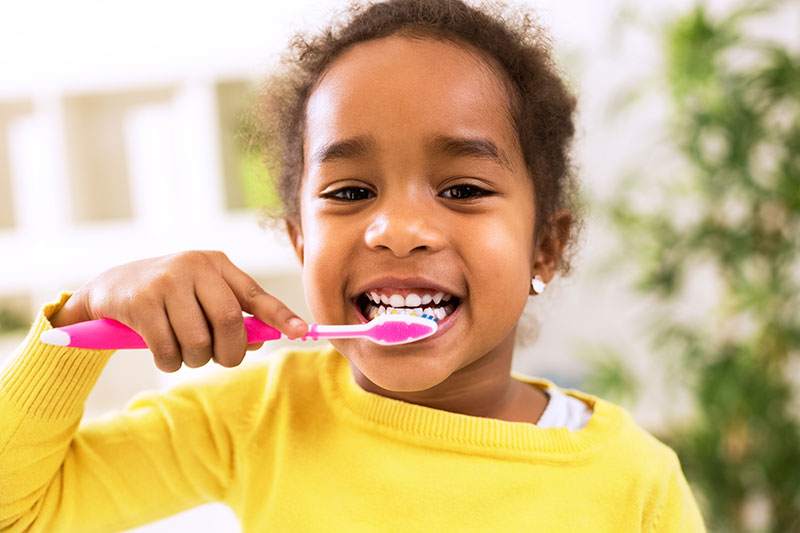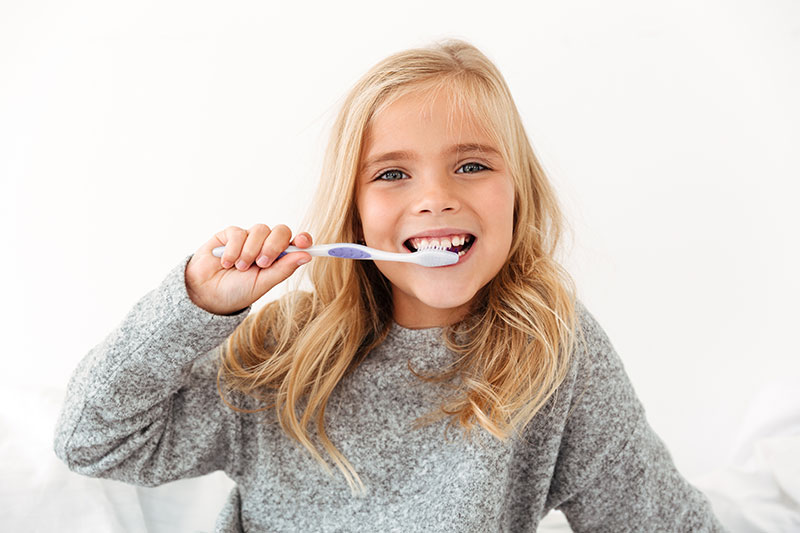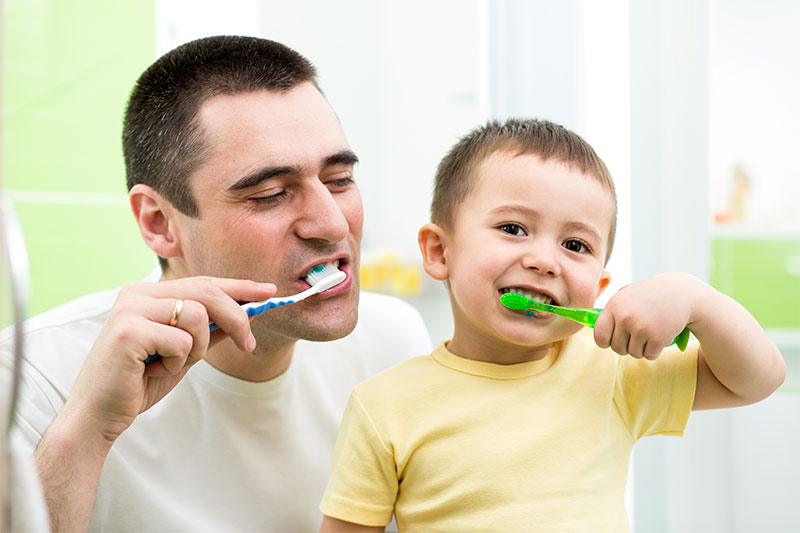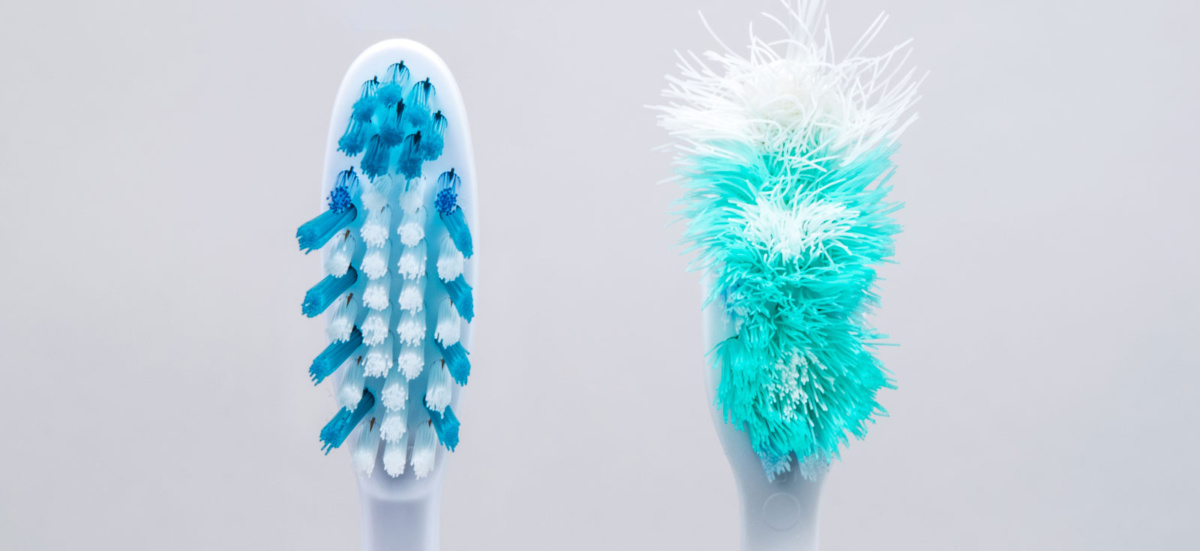
Why You Should Replace Your Old Toothbrush
Old and trusty are two words that should never be used to describe a toothbrush. As much as you might like the one you have, your toothbrush should be replaced regularly.
Why You Need to Replace Your Toothbrush
Each time you brush your teeth, your toothbrush picks up plaque and bacteria from your mouth. The older a toothbrush gets, the more bacteria it could potentially be harboring. This is also true of viruses and bacteria that could make you ill.
Additionally, a toothbrush’s bristles also wear out, making the brushless effective at dislodging food, plaque, and bacteria to keep your teeth and gums squeaky clean.


When to Replace Your Toothbrush
Whether you brush with a regular, manual toothbrush or an electric toothbrush, you should replace your entire brush or your electric toothbrush head on a regular schedule.
Manual Toothbrush
If you have a manual toothbrush and brush your teeth twice a day for the recommended two minutes with average pressure and vigor, you will likely need a new toothbrush every two to three months. If you brush more often or press hard when brushing your teeth (Beware: brushing softly is better for your enamel!), you might need to replace your toothbrush sooner.
Electric Toothbrush
For electric toothbrushes used twice a day, you will need to replace the toothbrush head about once a month because the rapid brushing motion these gadgets achieve wears out the bristles more quickly than manual brushstrokes.
If you brush more than twice a day, you might need to replace your toothbrush head sooner than recommended.
If you brush more than twice a day, you might need to replace your toothbrush head sooner than recommended.
Worn Bristles
You can stick to a schedule for refreshing your toothbrush. However, you should replace your toothbrush whenever its bristles appear worn. Worn bristles might be frayed-looking, they will no longer stand up straight, and they won’t spring back to their original position as readily.
Following Illness
It’s also smart to replace your toothbrush or toothbrush head after you’ve been sick. Whether you had a bacterial infection or viral illness, you can actually reinfect yourself by exposing your body to the bacteria and viruses living on your toothbrush.
Additionally, your toothbrush could make other family members sick, if you store all your brushes in a communal toothbrush holder.
Additionally, your toothbrush could make other family members sick, if you store all your brushes in a communal toothbrush holder.


How to Keep Your Toothbrush Clean
To keep your toothbrush clean, you should rinse it thoroughly with water before and after each use, and keep it stored away from other brushes. You can also disinfect your toothbrush with antiseptic mouthwash, hydrogen peroxide, and UV light sanitizers. It’s important to store your toothbrush properly and practice good hygiene to prevent germs – and don’t forget to replace your toothbrush when indicated!









2.png)
